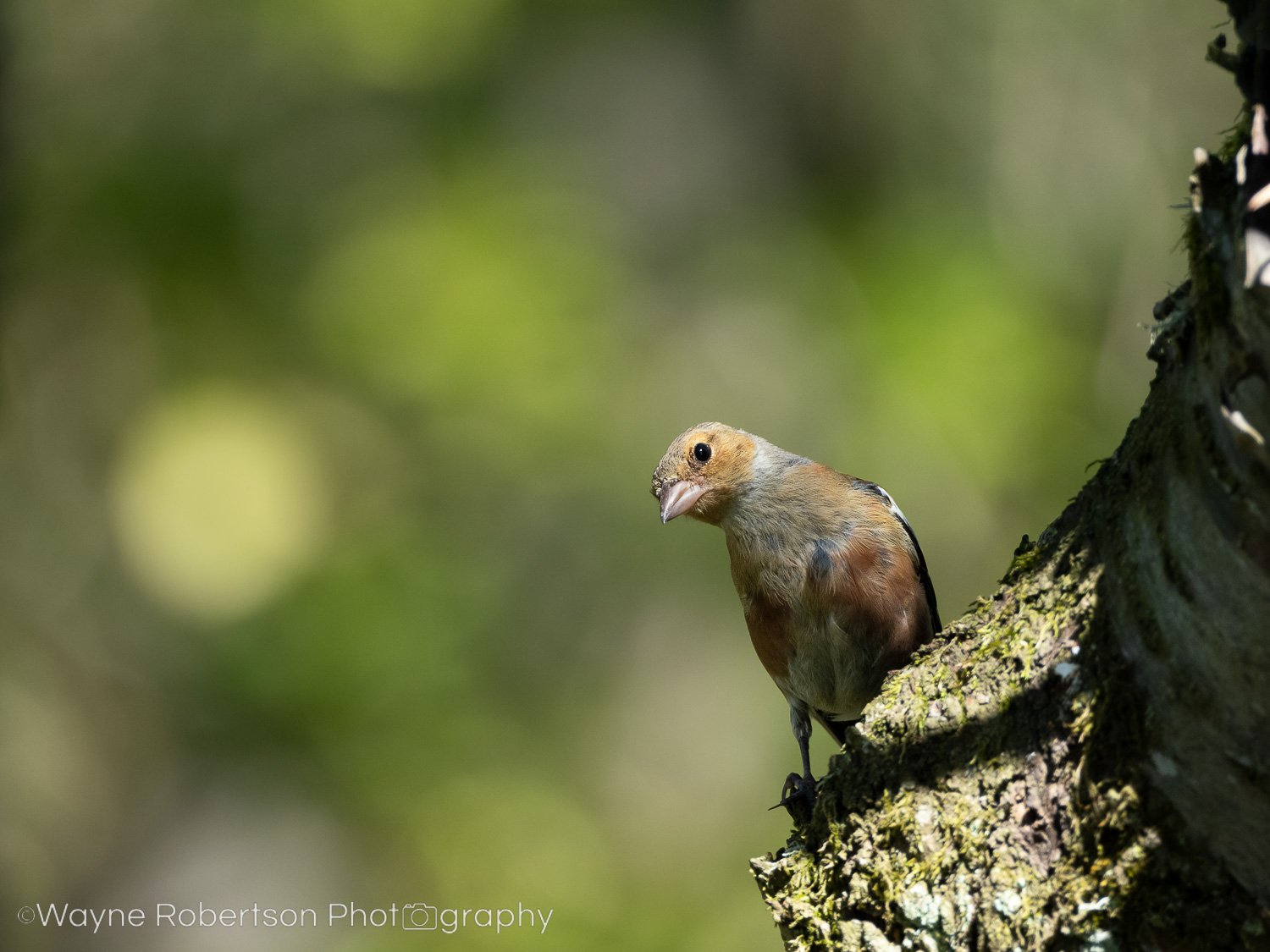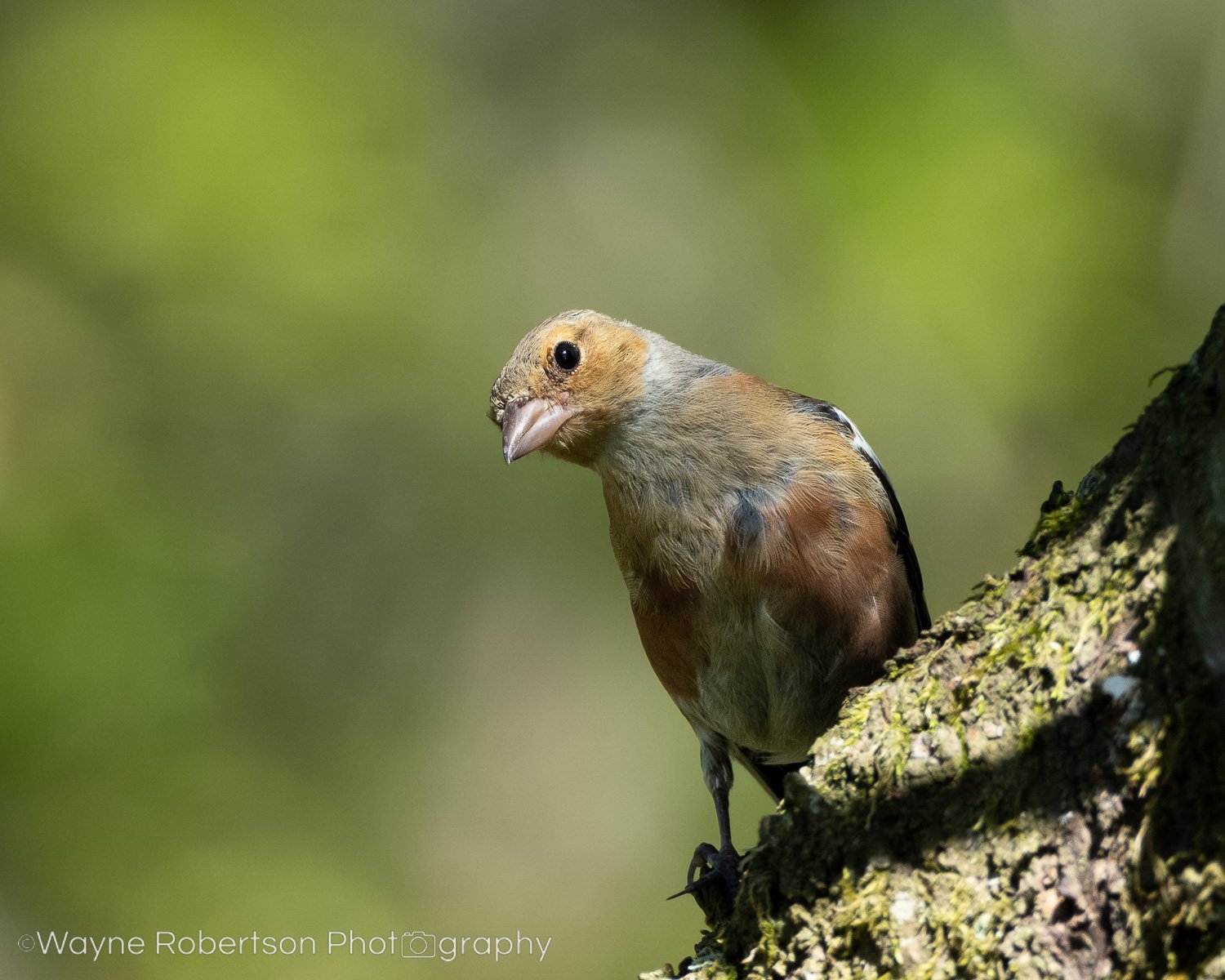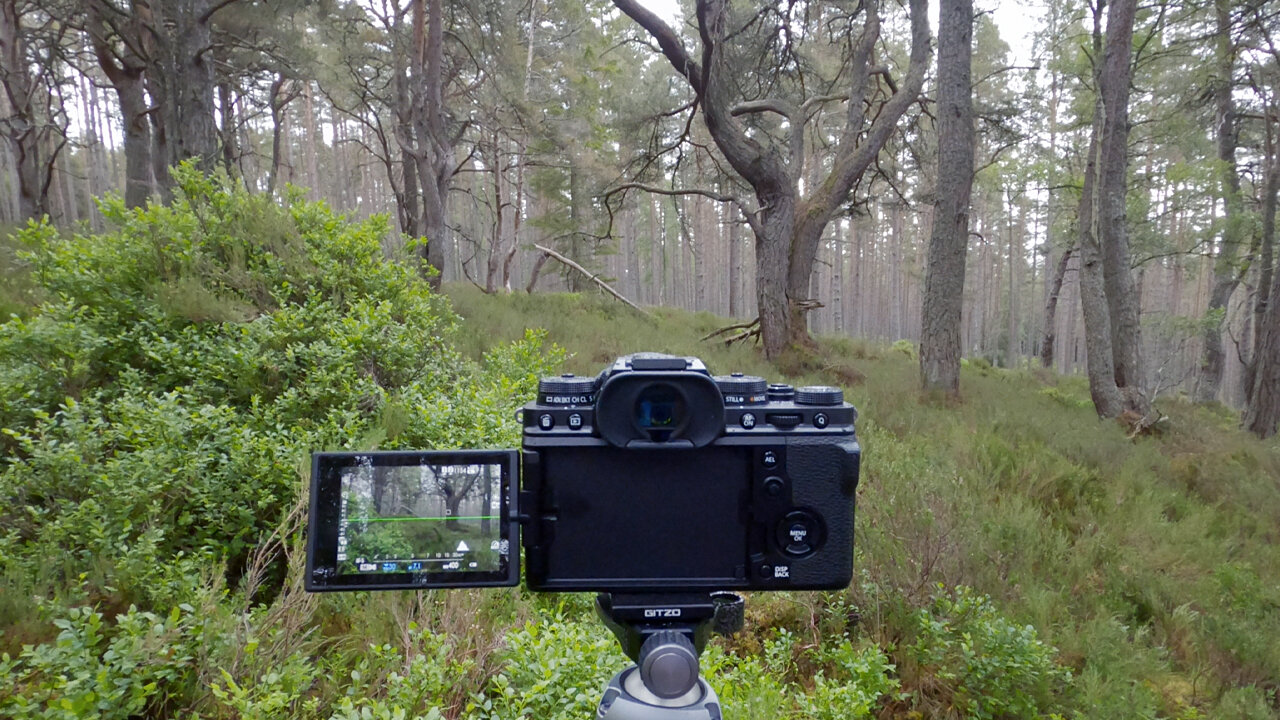I’ve been using Fujifilm X Series cameras for a number of years now and they have served me really well. I like their build quality, I own a number of XF lenses which I really enjoy using and very importantly they help produce lovely photographs. Quite a few months ago now I decided that I required a second camera and I wasn’t short of options or possible contenders. Considering my love for the Fuji X Series cameras, and the lenses that I already had, some of the latest X series models really appealed to me. I gave a lot of thought to the X-H2S, X-H2 and the X-T5. To be honest I would have been happy with any of these cameras and I do hope to own one in the future. However when purchasing my latest camera I had one goal in mind and that was to purchase the camera which I thought was best for my needs and ultimately the best for landscape photography.
Photograph captured using my GFX 50S II.
I spend most of my time doing landscape photography but I also have a love for, and spend a lot of time doing, wildlife photography. I consider myself to be a photographer but I also record video as well. Considering all of this, if I had wanted a camera that could do all of these really well then one of the X series models would have been my best choice. As already mentioned though I wanted to purchase a camera which would be used for landscape photography the majority of the time and that led me to the Fuji GFX line-up of cameras. It is my opinion that these medium format cameras are a fantastic choice for the landscape photographer; amongst other things they capture tremendous amounts of detail, they can capture significant dynamic range in a single exposure and images taken with these cameras show beautiful tones and colour. Not everyone may need or benefit from these features but for those who could then the GFX cameras should help deliver them.
With a number of choices available I ended up purchasing the Fuji GFX 50S II. I felt that the 51.4MP offered by this camera would be ample for my needs and in a camera which I’d be using 99% of the time to take photographs video capabilities did not concern me. Having a camera body offering up to 6.5 stops of image stabilisation suggested taking some shots handheld would definitely be an option and having a LCD screen which tilts in 3 directions was sure to be very useful for me when photographing landscapes.
I’ve now been using the camera for many months and have captured a lot of photographs with it. This short blog article is definitely not a review but I am happy to say I am delighted with my choice. Ultimately we need to buy gear which is right for us and I am confident that I have. If you’d like to hear a bit more about why I bought the Fuji GFX 50S II and listen to my advice and suggestions when it comes to buying cameras then you can watch my YouTube video here. But what about my X Series camera? Well my Fuji X-T3 remains with me and will still be used. Ultimately I’d like to upgrade it to one of the newer X Series models but that is for the future …


















